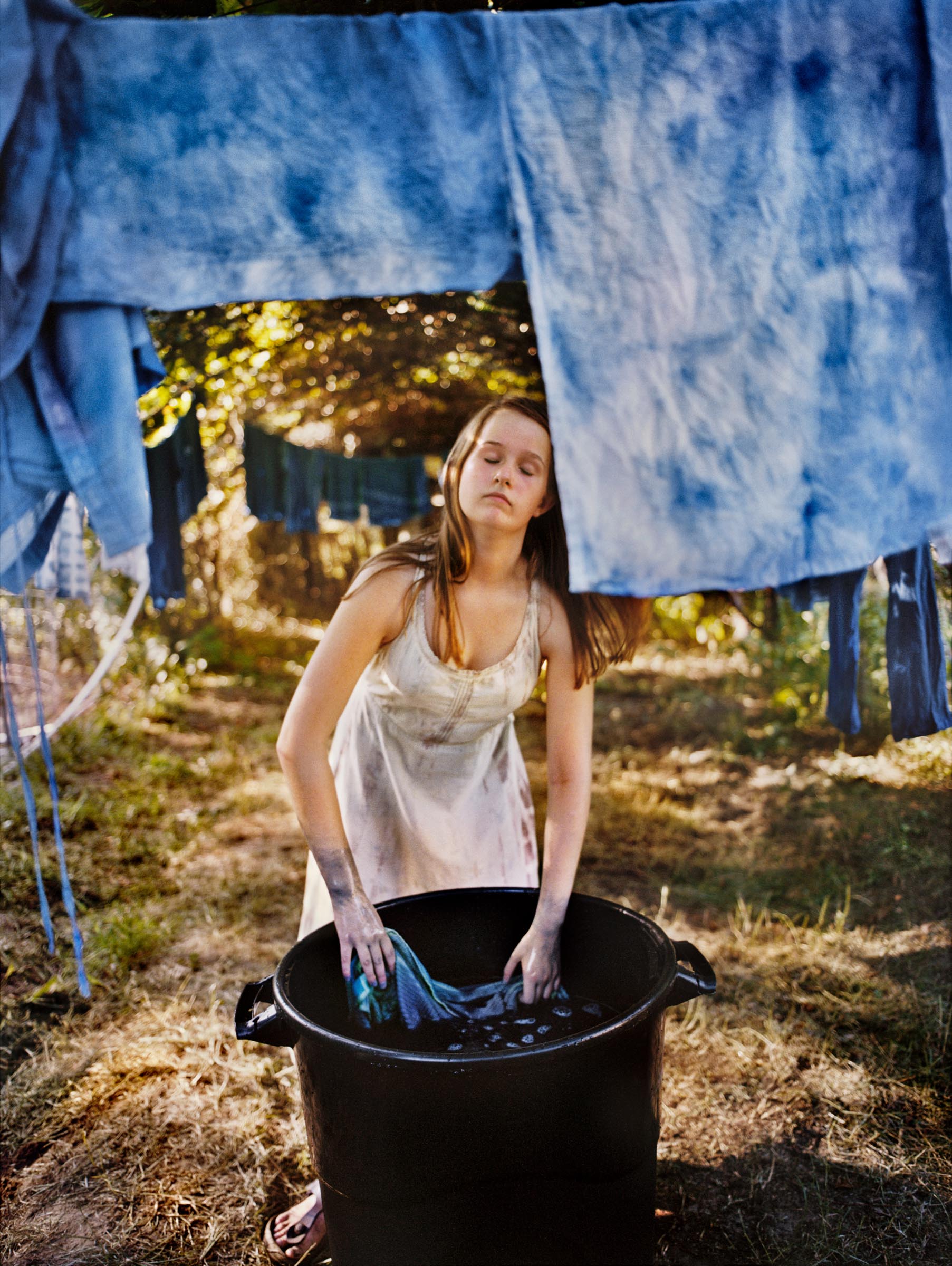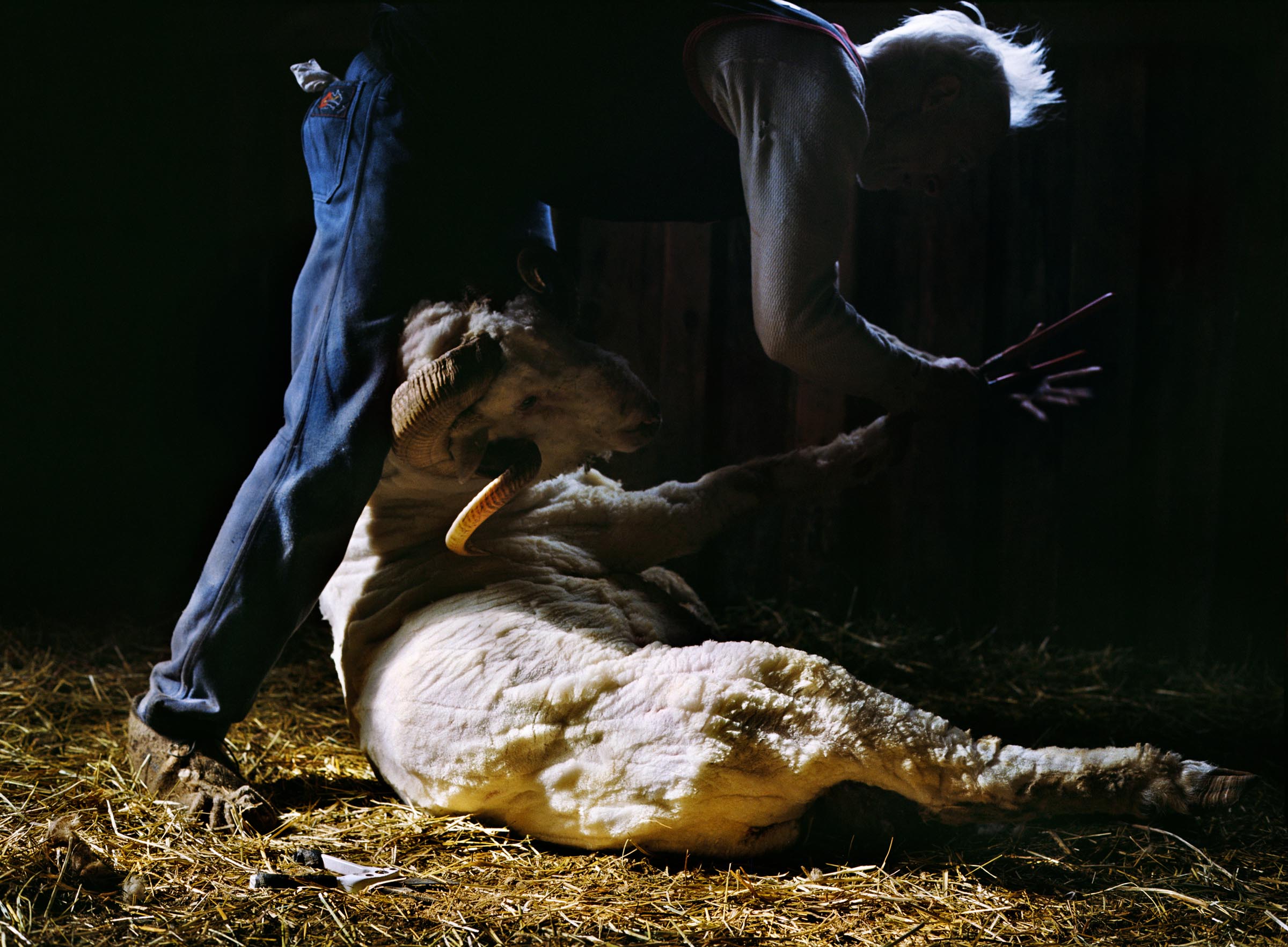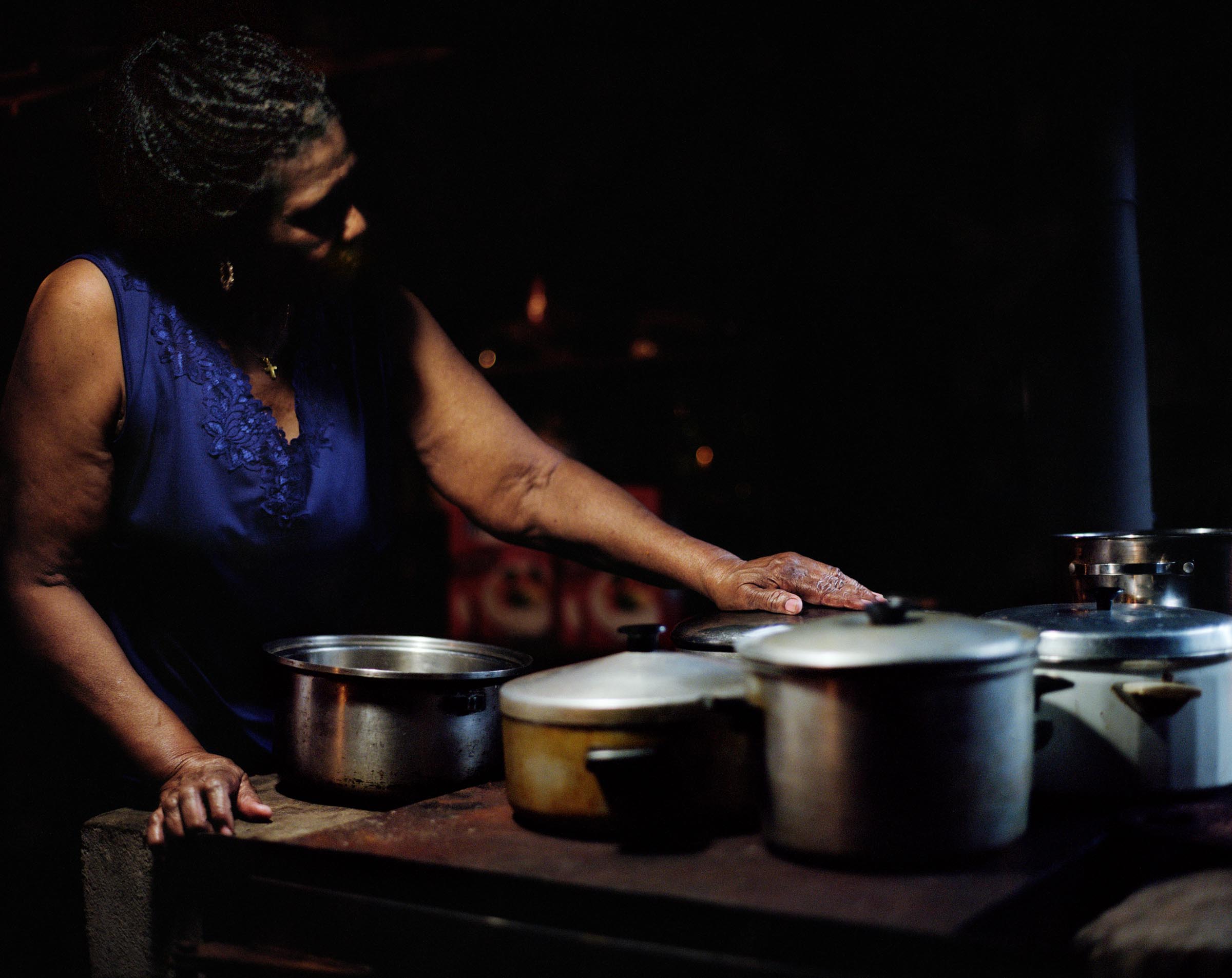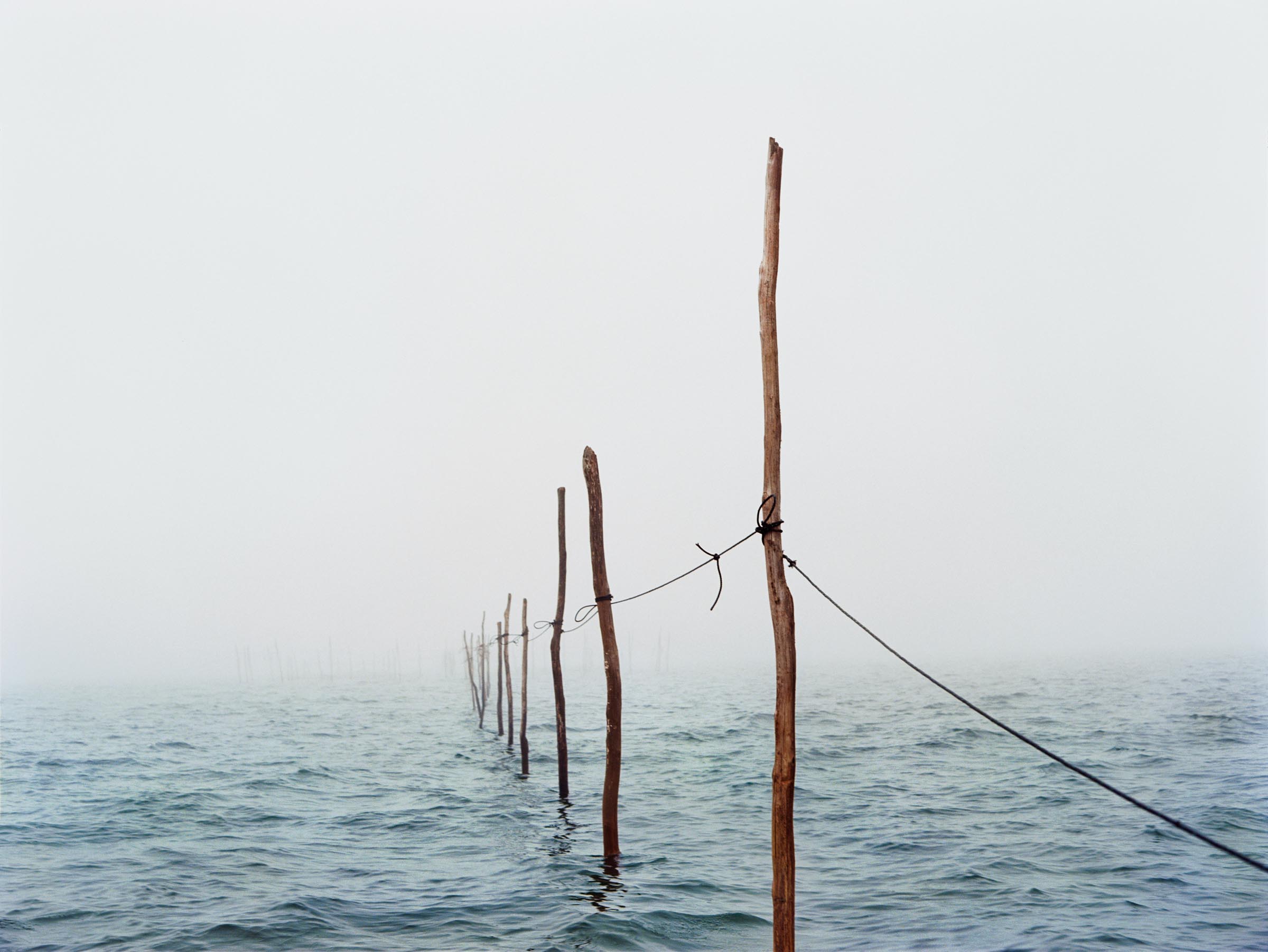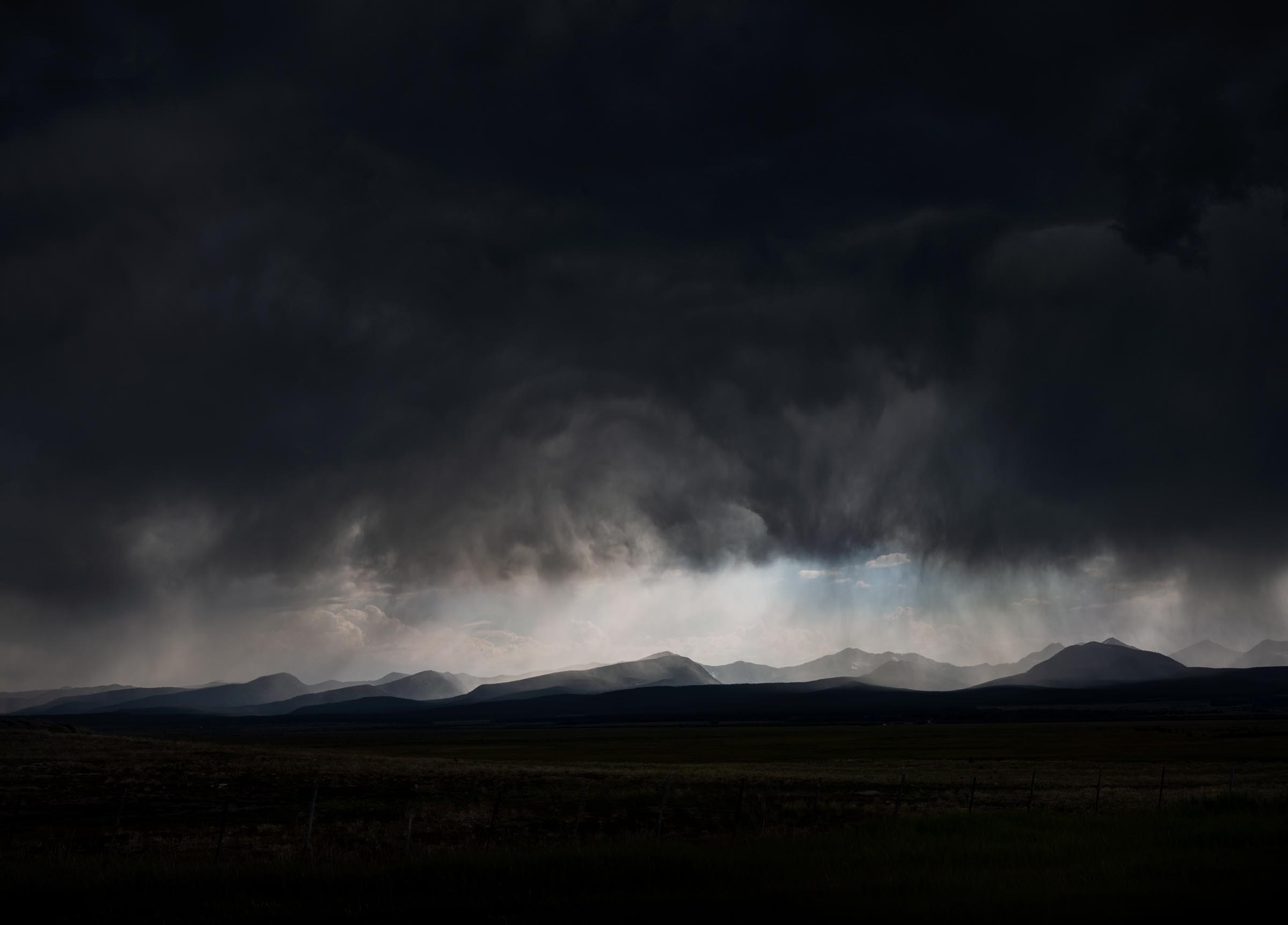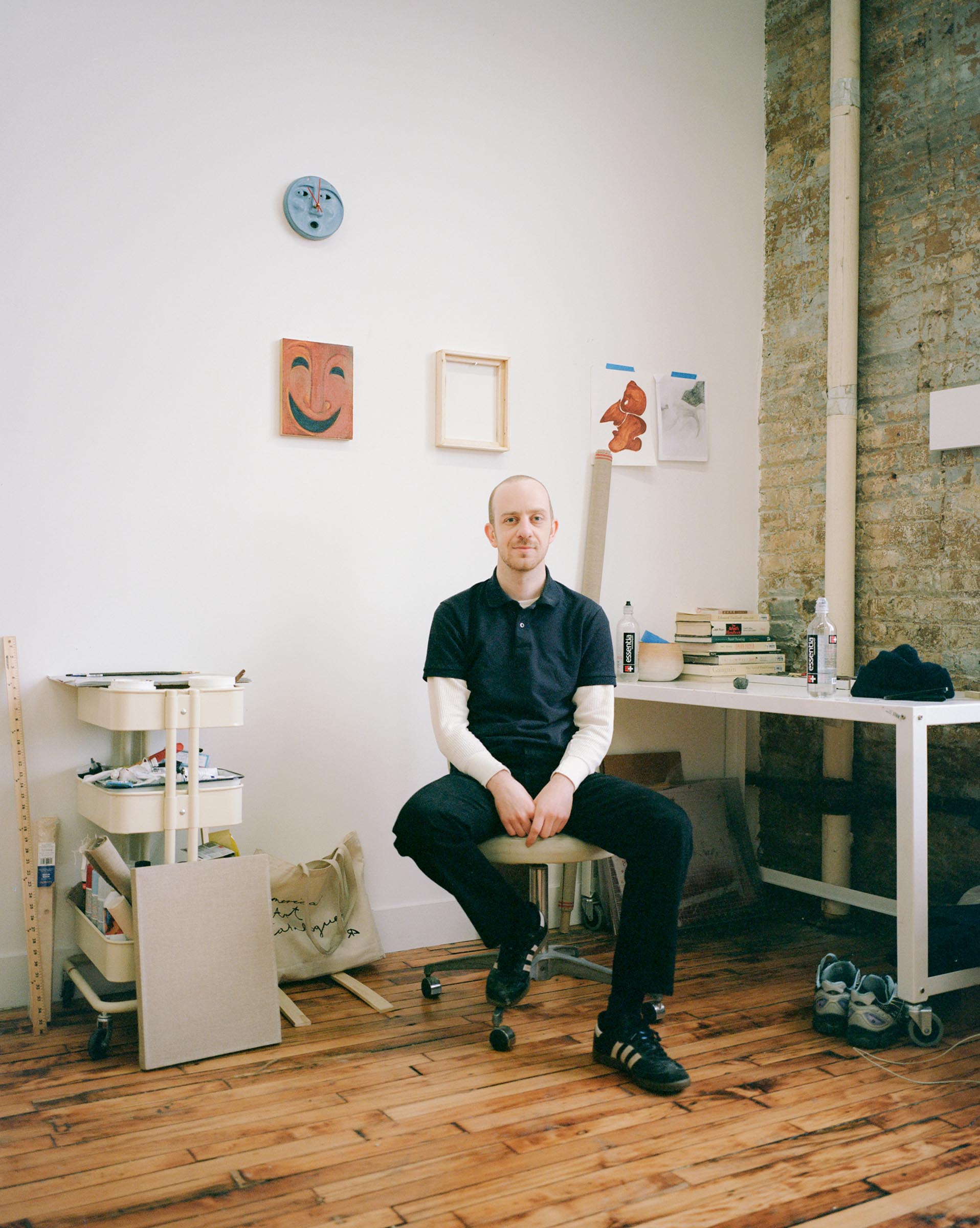How did you get into making art?
When I was younger, I was a writer. I started writing short stories as a child and completed a novel length work in high school. I fully intended to be a writer and psychologist when I entered Yale as an undergraduate, however, I took my first photo class there and fell in love with making images. During a semester abroad, I studied art history in Italy, and then attended art school in Paros, Greece at the Aegean Center for the Fine Arts. There, I learned how to draw and water color, which informed my photography practice. I continued with both photography and writing at Yale, and after graduating, decided to commit my life to being an artist and photographer.
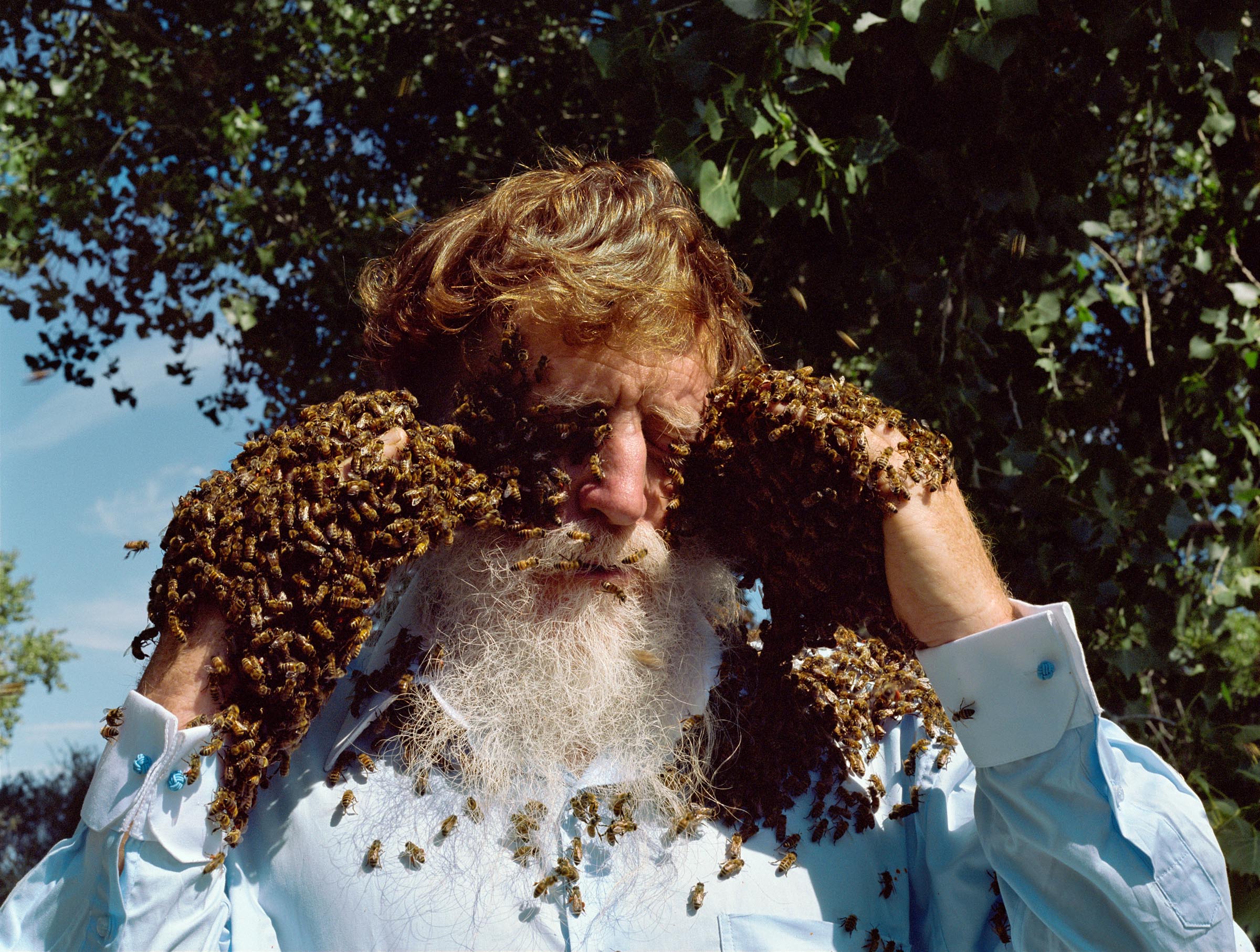
What are you currently working on?
In a new series of photographs titled “Beyond the Bounds,” I am exploring the intersection of faith, history, and the environment. Photographing in rural America, I am making collaborative “faith portraits”—gestural portraits that encompass both religious practices and secular activities to create an expansive and diverse view of how faith can look. I will also make photographs of the places we go to look for faith and what has been left behind. When embodied, faith is not ethereal, but physical.
I am exploring the intersection of faith, history, and the environment.
Holly Lynton
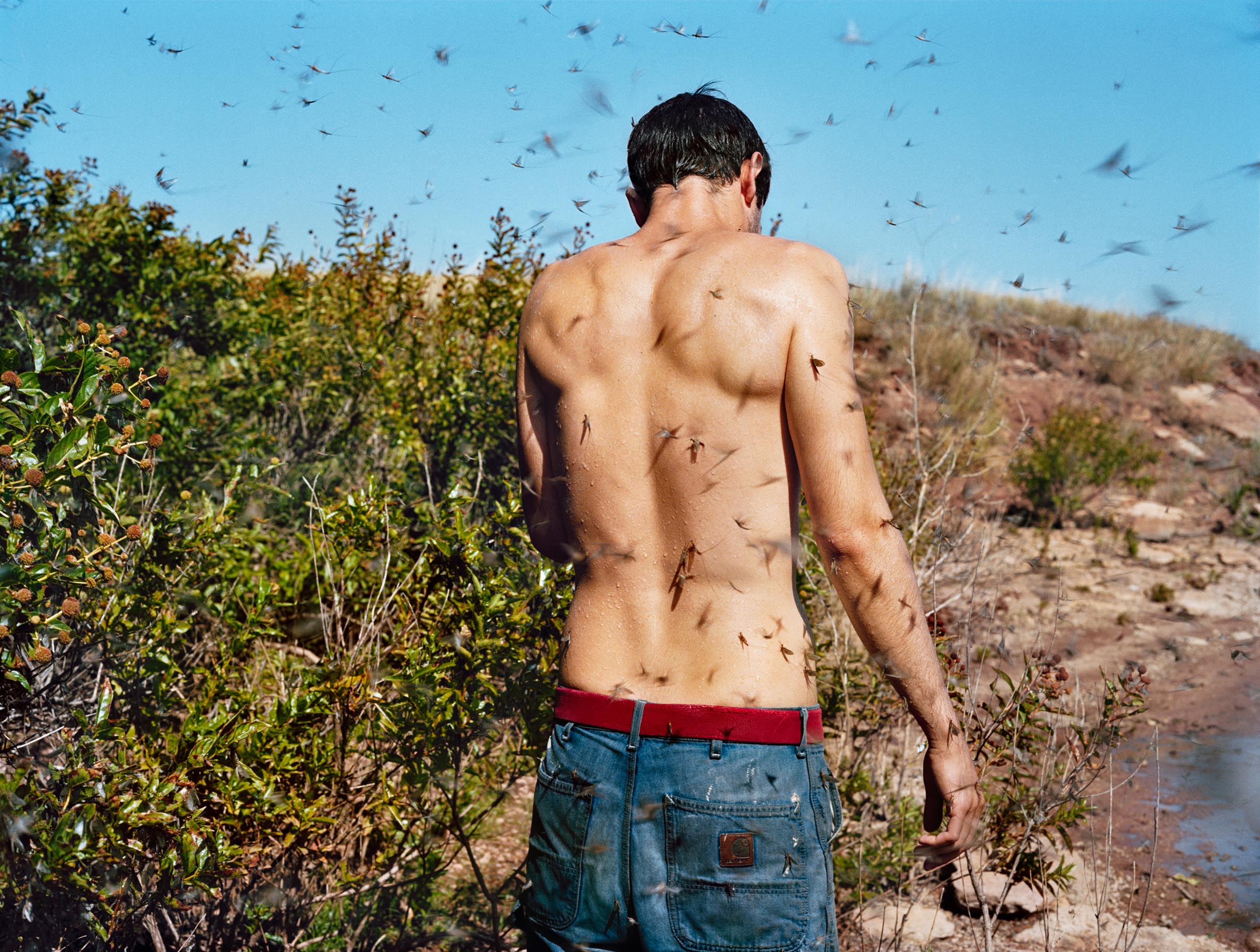
HL091208 001
What inspired you to get started on this body of work?
For the last two years, I have been fixated on the nuances of the word “faith,” and how in comparison to “hope,” faith elicits a more complicated emotion. One feels that whatever the outcome, it is meant to be. Faith allows us to experience trauma, but also believe something better is coming. It allows humans to take risks and push their bodies beyond what seems physically possible. It encompasses destiny and fate. In a kind of hypocrisy, it sometimes requires us to push aside reason and logic. It is that emotional ambiguity I am after. In addition, I believe there is an undercurrent of energy that moves through the world; when felt, it can also be seen. It is this energetic force and a power of presence, I aim to depict in my images.

HL100302 001
Do you work on distinct projects or do you take a broader approach to your practice?
I take a broader approach and create series of photographs where some images may move fluidly between series. My work centers on the intersection of faith, labor, history, and the land. My academic background in psychology makes me interested in portraying core aspects of humanity, filtered through local contexts.
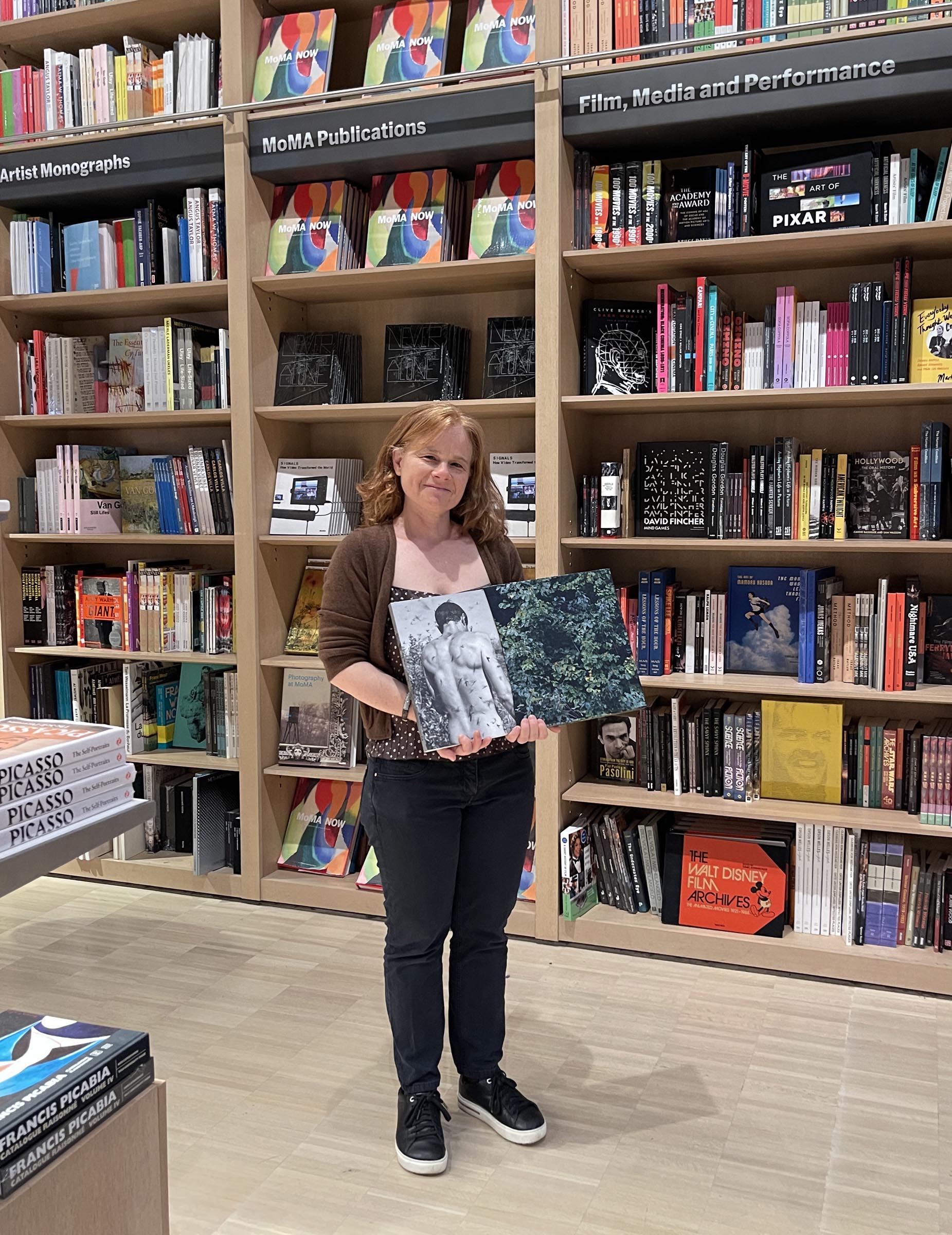
What’s a typical day like in your studio?
There is no typical day but a variety of activities that might occur on any given day. When in the studio, I might be working on correspondence, having Zoom meetings, editing images, creating selects from new photo sessions, working on book sequences, writing artist statements, applying for grants, planning for future photo trips, planning exhibitions, researching, teaching, or having studio visits. My days are always a combination of being at work as an artist and parenting. My images are made outside in natural environments in many rural communities in the United States. When I am photographing, I am usually leaving all those other activies behind and fully engaging with the community or event where I am to make new photographs.
Who are your favorite artists?
There are too many to name, and they range from Janet Cardiff to Caravaggio to Gordon Parks to Bisa Butler to Lieko Shiga.
Where do you go to discover new artists?
I visit museums and galleries, and learn of artists through my artist friends.
Learn more about the artist by visiting the following links:


